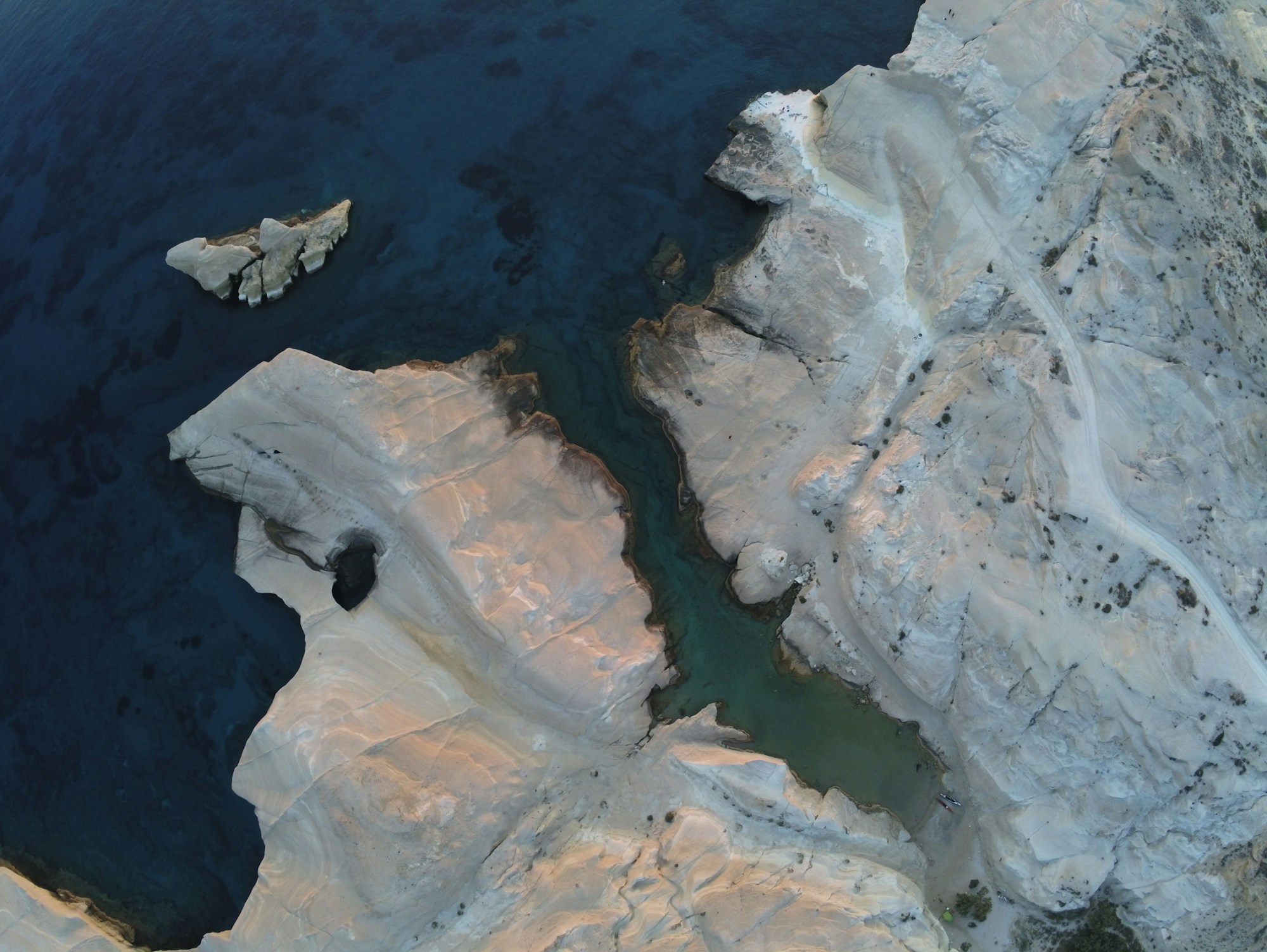Discover Milos: Local History, Customs, and Festivals Guide
Discover Milos: Uncover local history, vibrant customs, and unique festivals on this stunning Greek island.

Discover Milos: Local History, Customs, and Festivals Guide
Milos, an enchanting island in the Aegean Sea, is renowned for its stunning beauty, rich history, and vibrant cultural tapestry. This comprehensive guide delves into the island’s history, customs, and festivals, offering travelers a glimpse into what makes Milos a unique destination.
Historical Background
The history of Milos is as rich as its natural beauty. Known for its volcanic origin, the island possesses a unique and fascinating geological landscape. Milos has been inhabited since prehistoric times and played a significant role in the history of the Aegean and broader Mediterranean regions.
Prehistoric Era
Archaeological findings have traced human presence on Milos as far back as the Neolithic period (circa 7000 BCE). Obsidian, a volcanic glass used for tool-making, indicates that Milos was a significant center for the production and trade of this valuable resource throughout the Aegean in prehistoric times.
Classical and Hellenistic Period
Milos thrived during the Classical era, best known for the discovery of the “Venus de Milo,” an exquisite ancient Greek statue dating back to roughly 130-100 BCE, now housed in the Louvre Museum in Paris. The statue epitomizes the artistic and cultural achievements of Milos during the Hellenistic period.
Medieval and Ottoman Eras
During the Middle Ages, Milos was part of the Byzantine Empire, reflected in numerous churches and monasteries dating from this period that still stand today. Following the Fourth Crusade, the island came under the control of the Venetian Duchy of Naxos, only to be later conquered by the Ottoman Empire. The Venetian and Ottoman influences can still be seen in the island's architecture and cultural practices.
Modern Times
Milos became part of the modern Greek state in 1830, following the Greek War of Independence. Today, its economy is primarily based on mining, tourism, and fishing, preserving its age-old traditions while embracing modernity.
Local Customs and Traditions
The islanders of Milos are proud of their customs and traditions, which reflect a blend of ancient Greek, Byzantine, and more recent influences. Here are some notable practices:
- Hospitality (Philoxenia): One of the most essential customs on Milos is “philoxenia,” or hospitality. Visitors are often warmly welcomed and treated as part of the family.
- Traditional Music and Dance: Music and dance hold a significant place in local culture. Folk songs accompanied by instruments like the bouzouki and lyra are performed at social gatherings and festive occasions.
- Religious Observances: Most of the island's populace are Greek Orthodox Christians, and religious observances play an important role in daily life. Many festivals revolve around religious holidays, celebrated with great enthusiasm.
Festivals in Milos
The festivals in Milos are lively affairs, combining religious rites, music, food, and community celebrations. Here are some of the most prominent ones:
Easter (Pascha)
Easter is the most significant religious festival in Greece, celebrated with great fervor in Milos. The Holy Week (Megali Evdomada) leading up to Easter includes daily church services, culminating in the Resurrection Service on Holy Saturday night. After midnight, families break their Lenten fast with a festive meal, and on Easter Sunday, there's a grand feast featuring lamb roasted on a spit.
Prophet Elias (Profitis Ilias) – July 20th
Celebrated in the churches dedicated to Prophet Elias, this festival includes a religious service followed by traditional feasts, music, and dancing. It is a day when locals gather to honor the prophet and enjoy communal festivities.
Panagia Faneromeni – August 15th
The Assumption of the Virgin Mary (Panagia) is one of the most significant religious feasts in Greece. In Milos, the celebration is centered around the Panagia Faneromeni Church. The day starts with a solemn church service followed by communal feasting, music, and vibrant traditional dances.
Sardine Festival
Held in the port town of Adamas, the Sardine Festival celebrates the local fishing culture. The event features an abundance of grilled sardines, local wine, and traditional music and dance, attracting both locals and tourists.
Local Anecdotes and Interesting Facts
Milos is a treasure trove of interesting facts and charming anecdotes. Here are a few:
- The Venus de Milo: This famous statue was discovered on Milos in 1820 by a local farmer. Despite missing its arms, the statue is celebrated as one of the most exquisite representations of ancient Greek sculpture. It now resides in the Louvre Museum in Paris.
- Volcanic Hot Springs: Milos is dotted with volcanic hot springs, a testimony to its volcanic origin. These natural hot springs are believed to possess therapeutic properties and are a popular attraction for visitors.
- Old Sulfur Mines: The island has a long history of mining, with sulfur being one of the main minerals extracted. Visitors can explore the old sulfur mines and learn about the industrial heritage of Milos.
Conclusion
Milos is an island that seamlessly blends natural beauty with a rich historical and cultural heritage. Its warm hospitality, vibrant festivals, and fascinating anecdotes make it a compelling destination for travelers seeking an authentic Greek experience. Whether you're exploring its ancient ruins, bathing in its hot springs, or joining in the local festivities, Milos promises an unforgettable journey.
